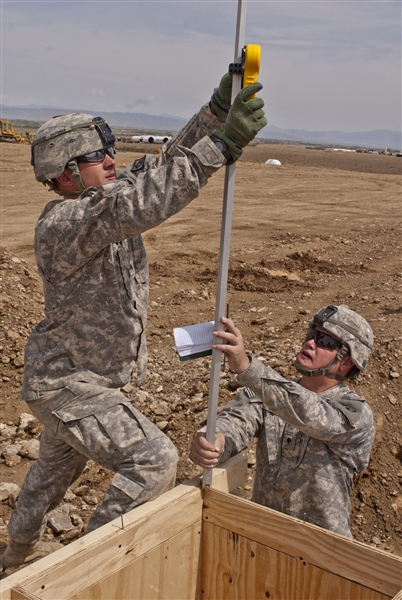WASHINGTON, April 7, 2011 — Changes made to the U.S. military’s Unified Command Plan shift geographic boundaries and stress the growing importance of the Arctic, officials said. President Barack Obama signed the document yesterday.
The biggest change to the plan assigns U.S. Northern Command responsibility for the Arctic. U.S. European Command and U.S. Pacific Command shared responsibility with U.S. Northern Command for the region under the last change published in December 2008. It also places responsibility for Alaska under Northern Command. The previous plan had Northern Command and U.S. Pacific Command sharing responsibility for the state and adjacent waters.
“Northcom was given advocacy responsibility for Arctic capabilities primarily due to having the only U.S. Arctic territory within its area of operations,” a Pentagon spokesman said.
Northern Command also already works closely with Canada and “has a habitual relationship with the Department of Homeland Security and the U.S. Coast Guard,” the spokesman continued. “These relationships are key to human and environmental safety and security.”
The document includes language about dissolving U.S. Joint Forces Command later this year, and strengthening the role of U.S. Strategic Command in combating weapons of mass destruction. The plan also assigns U.S. Transportation Command the responsibility for synchronizing all planning for the global distribution network -– a role the command already is doing.
The Unified Command Plan is the responsibility of the chairman of the Joint Chiefs of Staff, and is reviewed every two years. The Joint Staff coordinates input from the combatant commanders, the service chiefs and Defense Department leadership. The chairman, Navy Adm. Mike Mullen, submitted his recommendations through Defense Secretary Robert M. Gates to Obama.
There are other geographic relocations. U.S. Africa Command’s maritime boundary is shifting to include all of Cape Verde’s exclusive economic zone. It also shifted the maritime boundary between U.S. Africa Command and U.S. Southern Command so the South Sandwich Islands fall under Southern Command.
Other changes include U.S. Special Operations Command renaming psychological operations to military information support operations, replacing the term “transformation” with “develop and shape” and delineating what functions of Joint Forces Command will remain.
There are six geographic combatant commands. These are: Africa Command, Central Command, European Command, Southern Command, Pacific Command, and Northern Command. The four functional combatant commands are Transportation Command, Strategic Command, Special Operations Command and, for the time being, Joint Forces Command.
Source:
U.S. Department of Defense
Office of the Assistant Secretary of Defense (Public Affairs)

 von
von 